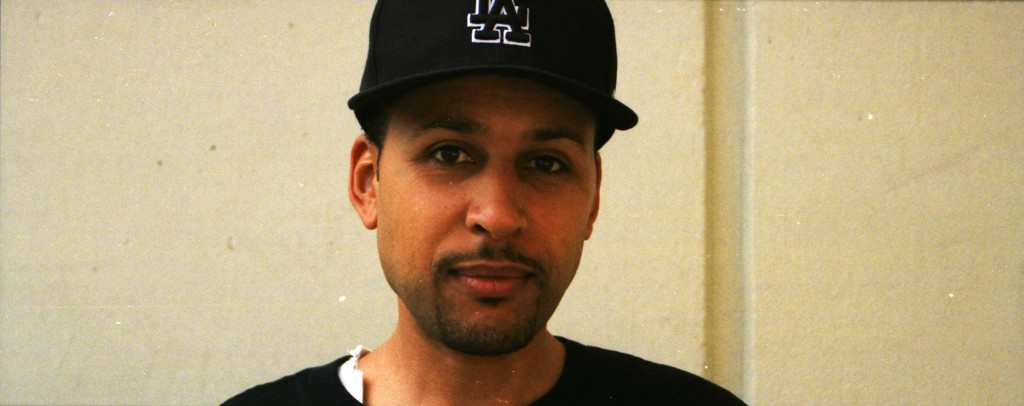
We won’t tell anyone I took it for a test drive.
As I pulled my 358 into the layover at Second and Main, I noticed someone had forgotten their bicycle on the rack. It was definitely on the junker side of things, a red jalopy of a bicycle with peeling tape and a chain rusting into orange. I looked at it for a moment and thought, well, what of it, as I stepped outside and removed the bike from the bus. I had fifteen minutes of break time before the next trip. Hoping the owner had a sense of humor, I decided to spend my break taking it out on a “test drive,” as it were, enjoying the sights and sounds of Pioneer Square while I could.
Of course I’d return the bicycle to the bus and leave it on there for the rest of the day before sending it to Lost and Found, but for now the poor red puppy looked so lonely. I barely fit on the thing, but that’s okay. I tooled through Occidental Park, nodding at a few familiar homeless faces. I drifted over to the viaduct and wandered underneath its steadfast bulk, enjoying the shadows it provided, trying to conceive how the waterfront would look without it.
Somehow I found myself inside Metro Customer Service, still with the bicycle. I can’t imagine why I felt compelled to go in there at that moment. Maybe I needed some timetables. As I walked up the steps to the doorway to exit, carrying the bike over my shoulder, two young black American boys, teenagers, simultaneously approached the door from the outside.
Yes, they were dressed in the stereotype that’s been offered up to them for the last twenty-five years or so– sagging, low-riding jeans and spotless athletic wear, oversized basketball shoes with horizontal laces, reflective shades on one, the other with a flat-billed hat tilted at a rakish angle.
It’s an unfortunate fact that media representations disproportionately link this image with that of the irredeemable urban black “thug” figure, a depiction so tiresomely pervasive we run the risk of forgetting that black culture is so much more just than hip-hop culture. There is nothing inherently oppositional about large sports jerseys and low-slung pants.
The two boys hold the door open for me. I step through, saying, “thanks guys.”
“Fo Sho’.”
“‘Preciate it.”
“No problem!”
I smiled deeply as I walked away.
Note: That’s my good friend Eric in the photo. We worked at Capitol Records in Hollywood together.
Nathan Vass is an artist, filmmaker, photographer, and author by day, and a Metro bus driver by night, where his community-building work has been showcased on TED, NPR, The Seattle Times, KING 5 and landed him a spot on Seattle Magazine’s 2018 list of the 35 Most Influential People in Seattle. He has shown in over forty photography shows is also the director of nine films, six of which have shown at festivals, and one of which premiered at Henry Art Gallery. His book, The Lines That Make Us, is a Seattle bestseller and 2019 WA State Book Awards finalist.



